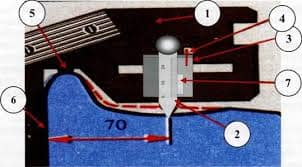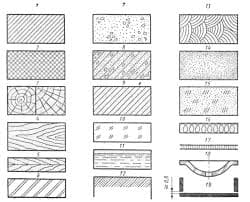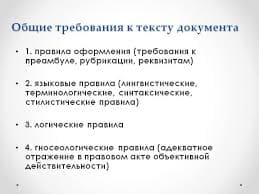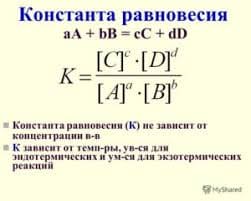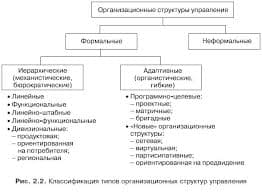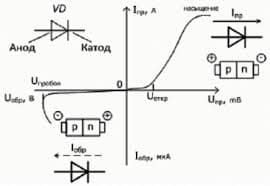This chapter is an introduction to a conceptual framewok and a mathematical apparatus,
said to be Universics, designed to serve for integration of other disciplines via their universes
of discourse and, in particular, for the integration of Brain Informatics and Semantic Web,
which are in the focus of this chapter. By universe I refer not only to what is said to be a
„universe of discourse“, but also to any modeling framework where, for modeling, we use
representation rather than discourse, so that such universe can be said to be a „universe of
representation “. Universics is a fundamental theory which posits the notion of universe (or
world) with a plural universes (or worlds) in the basis of a conceptual framework, and
expresses other notions through this basis.
An object said to be a universe must be rather complex and only a complex mathematical
structure can serve as its formalization. I have previously outlined (Drugus, 2007) an
approach to the content of mind said to be the A3 approach. This approach is introduced in
this paper in full detail and used for the formalization of the concepts of Universics which,
thus, becomes centered around the A3 approach. The A3 approach can also serve for the
formal specification of an intelligent agent - a virtual machine for processing ‚mind content’
which adds non-determinacy to the Turing machine to enhance its algorithmic capabilities
with features of intelligence. I will outline the features of such a machine, which I say to be a
conceptor, but a complete specification of conceptor would require a separate publication. I
had to make reference to this intelligent agent here, because its involvement simplifies the
account of Universics strongly centered around the data model of ‚mind content’ of such an
|
|
|
intelligent agent.
Since the ‚mind content’ of an intelligent agent is obtained in result of cognition of the
Universe and is „in the image“ of the Universe, it is natural to say a piece of mind content to
be a universe - an „inner universe“, „subjective universe“, or „subject universe“, as opposed
to the „objective universe“ or „object universe“. Moreover, due to the A3 approach, the
‚mind content’ has a strictly specified „format“, defined in the language of an enlarged set
theory said to be A3 language. Therefore, by applying „conceptual inverse engineering“ (my
term), I ascribe this „format“ to any universe. Having this manner obtained a uniform
formalization of the universes of discourse, by the application of other formal methods, we
can look for relationships between different disciplines, discover convergence, or develop
integrative methods. Since Universics’ terminology and conceptuality proceeds from the
largest „whole“, the Universe, Universics is a holistic discipline, and since it can be used as a
formal framework to discuss about other disciplines, it is a meta-discipline.
The A3 approach, its A3 language, and its A3 data model are strongly correlated with
Semantic Web and its languages for knowledge representation, in particular, with the most
complete one, the formal language of the OWL standard. A piece of mind content is
formatted according the A3 language, and can be uniformely mapped into an OWL
ontology, and viceversa.
The A3 approach makes abstraction from presentation details of Semantic Web standards, in
particular, from the URI’s and other web-related notions and entities, and therefore, despite
its larger expression power, the A3 language is simpler than the Semantic Web languages.
Also, the A3 approach complements the Semantic Web with notions and methods which
simplify ontology engineering and helps in modeling the reality due to new notions, which
have well established meaning in practice. Finally, the A3 approach does not need separate
treatment of precise semantics in the language of set theory as all the standards of Semantic
Web do, because A3 language itself is a language of an extended set theory and can be used
to describe the semantics of Semantic Web standards. Finally, as a formal language, A3 is a
very simple „language of brackets“ (three pairs of brackets) to which a special meaning is
assigned and for which special manipulation rules are formulated to obtain a strict calculus
directly correlated with the λ-conversion calculus (Curry, 1941) and the Turing machine
(Turing, 1937).
The idea of Universics as a mathematical holistic discipline goes back to my doctoral
dissertation on superintuitionistic logics (Drugus, 1982), where I have applied a model
|
|
|
theory strongly based on Leibniz ‚possible worlds’ apparatus. By that time, mathematicians,
including myself, became aware that the ‚forcing method’ used to solve the „Continuum
Hypothesis“ problem (Cohen 1963-64), i.e. the problem N1 in Hilbert’s collection of open
problems for the 20th century, is essentially the ‚possible worlds’ conceptuality but is
formulated in different terms. The solution of this problem is currently treated by many
authors as the last strong result in the set theoretic foundation of mathematics. It became
obvious that, by treating ‚possible worlds’ as multiple universes of discourse for set theory,
a more expressive set theory can be obtained. For this purpose such universes must be
formalized by moving the discourse from sets to classes and, finally, to universes of
discourse, and treat the universes of discourse as entities studied by a meta-theory with
respect to set theory. Universics turns out to be such a meta-theory.
In 2007 I learnt about Semantic Web and discovered that „formally“ it is close to what I have
been thinking twenty years before, except that Semantic Web standards add technical
matter specific to the web. Also, I have soon got the conviction that wide deployment of
Semantic Web is hindered by lack of „pure mathematics“ for presentation methods as
opposed to logical methods (of discourse) prepared for Semantic Web by the Description
Logic developed in late 1990s. Finally, Semantic Web lacks a formally defined „semantic
machine“ or „intelligent agent“ to process the ontologies. My paper of 2007 (Drugus, 2007)
is basically a general plan of development of Brain Informatics and Semantic Web based on
pure mathematics and this chapter is a step in implementation of this plan.
Universics - a Common Formalization Framework for Brain and Web 57
I also believe that the failures of the technological solutions, like those which caused the so
called ‚AI winter’ and currently hinder the wide deployment of the Semantic Web, are due
to pure engineering approaches, and such difficulties can be avoided if mathematical
methods prior to engineering concrete solutions are developed. I think, that a „brain
mathematics“ should and can be obtained by extending the set theory, a commonly
accepted foundation of mathematics, up to a theory, the entities of which have an intuitive and
natural meaning for intelligence. In particular, an intelligent agent must be treated as a
virtual machine which processes the sets and other entities of such an extended set theory.
The results of this research are currently being implemented in software tools for Semantic
Web at the Semantic Soft, Inc. company.
 2015-09-06
2015-09-06 402
402


